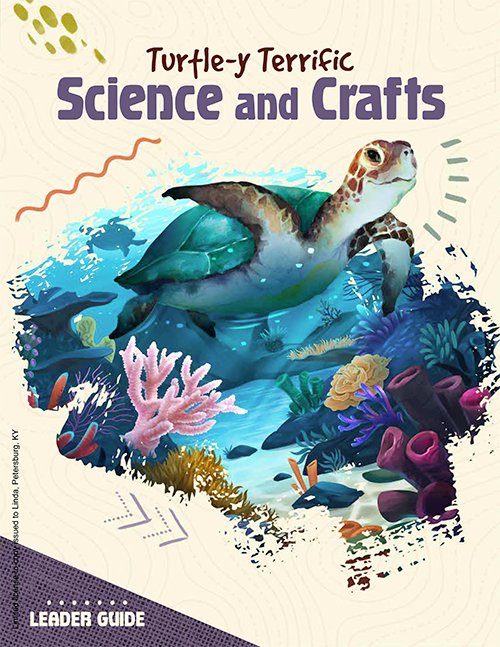Stellar Stethoscope
Day Three Experiment
on November 24, 2021
Materials
LATEX WARNING: For any student with a latex allergy, prepare a kit containing a funnel and tube and keep it at a separate table. (It still works without the balloon.) If the allergy is severe, consider doing a different experiment.
- Heart Picture
- Plastic funnels, 1 per child (see Tip Corner)
- Clear plastic tubing that fits snugly onto the funnel, yet is large enough to not enter the outer ear canal, one 12-in. piece per child
- 12-in. round latex balloons, 1 per child
- Scissors (if cutting the balloons during Pre-Prep, only one pair is needed, otherwise, 1 per child)
- Empty gallon container
Pre-Prep
Cut tubing into 12-inch pieces. You may want to cut the open ends off the balloons, but you can also choose to have mates do this themselves.
Class Time Directions and Dialogue
When you go to the doctor, he listens to your chest with something. Do you know what it’s called? Take responses. Yes, a stethoscope. When doctors do this, they’re listening to two things: your heart beating and the air going in and out of your lungs. They want to make sure both are working right.
Because God made us in his image with great care and purpose, our lives are valuable. And we should want to keep the body God gave us healthy. Your doctor listens to your heart and lungs to make sure they sound healthy because he/she also values your life.
Every life is valuable from the very moment a baby begins in his mom’s tummy. When you were 5 weeks* old inside your mom, your heart—which works like a pump—began to develop. By the time you were born (if that happened around 40 weeks*), your heart was ready to do its job—pumping oxygen-rich blood around your body.
Now look at this gallon container. Guess how many gallons of blood your heart pumps each day. Take guesses. 2,000! That’s a lot of pumping!
Hold up the Heart Picture. There are four busy chambers moving that blood around.
Add this if you want. Otherwise, skip to the next paragraph. The blood enters the heart at the right auricle, goes to the right ventricle, then goes to the lungs to drop off the carbon dioxide and pick up more oxygen. Then the blood returns to the heart at the left auricle, then goes to the left ventricle and is sent out to the rest of the body.
As your blood moves between the chambers, it goes through valves, which are like little doors in your heart. The lub-dub sound your heart makes comes from the valves opening and closing as the blood is pushed from chamber to chamber.
When you listen to your heart beating, you should hear lub-dub, lub-dub. Put your hand over your heart and pat it while saying lub-dub. Do so. Remember, that’s your valves, the little doors, opening and closing.
We’re going to make a stethoscope today. The stethoscope concentrates the sound waves that come from your heart so that they are louder and you can hear them. But since our stethoscopes aren’t going to be as sophisticated as a doctor’s, we’ll have to be very quiet in order to hear the sound of a heartbeat. Are you ready to make your very own stethoscope?
- First, you need only half of your balloon. If the balloons are not already cut, have mates cut their balloon apart halfway between the open end and the widest part of the balloon. Discard the side with the open end.
- Stretch the balloon tightly over the wide opening of the funnel.
- Press the skinny end of the funnel into the plastic tubing.
- To use the stethoscope, put the tubing slowly and gently into your ear, making sure to get a good seal so that it blocks out any noise. Hold the funnel against the left side of your chest and listen carefully to find your heartbeat. If you don’t hear it, move your funnel around until you find your heartbeat. Remember, you have to be very still and very quiet to hear it.
Tip Corner
- Order your funnels first and take one to the hardware store to ensure you get the correct size tubing.
- A science term introduced today is valves.
Zoomerang Turtle-y Terrific Science & Crafts
Kids love science experiments and crafts! This guide contains everything you need to coordinate the daily science experiments and crafts for all age groups.
Browse Kids Book- © 2024 Answers in Genesis
- Privacy Policy
- Contact
- About

